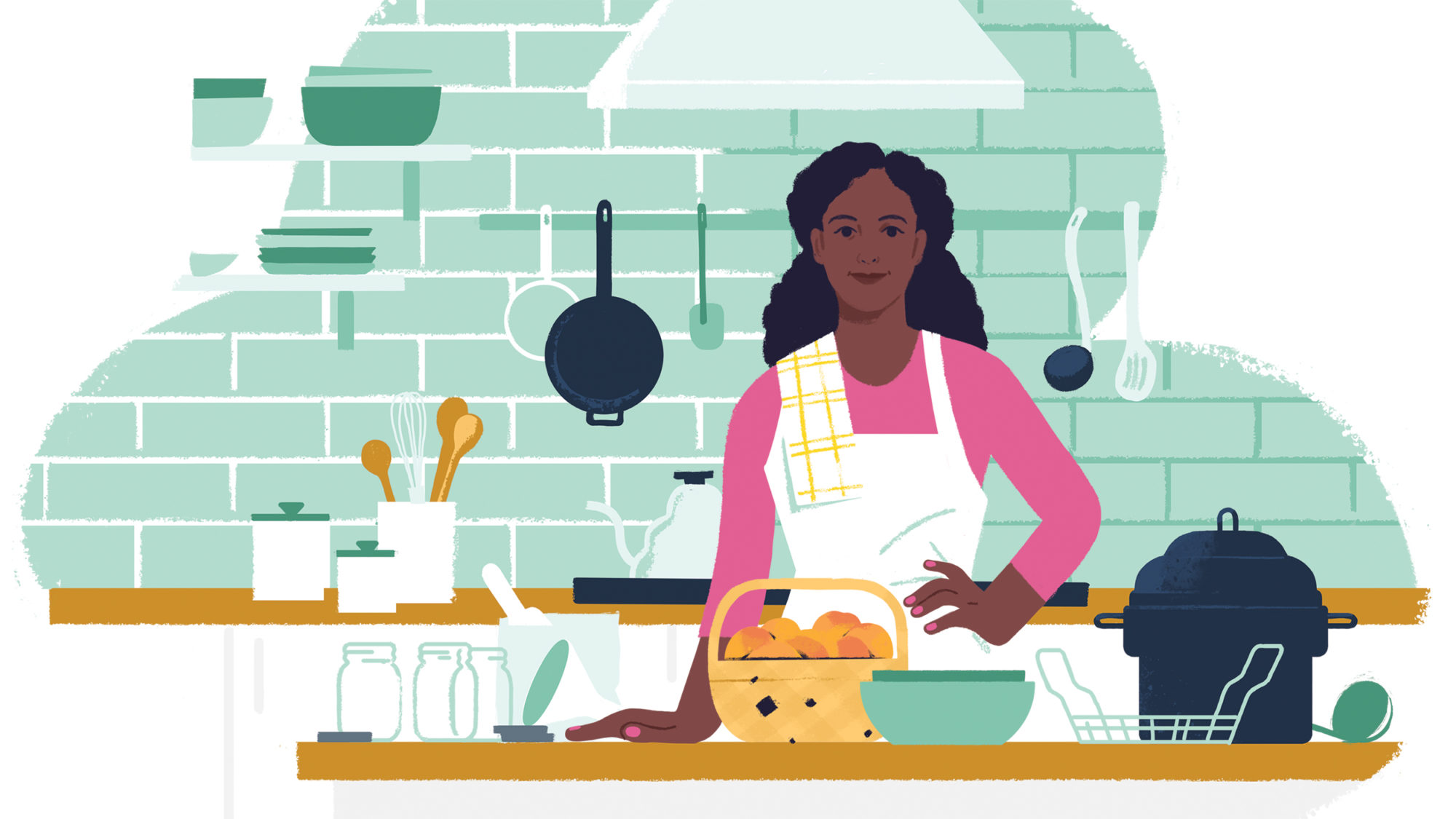Albertans are spoiled for choice when it comes to fresh produce in summer and fall—and it’s easier than you think to extend that bounty into winter. Take a lesson from foodies and farmers by preserving your favourite seasonal fruits and vegetables.
“To start, read up on safety measures and be sure to use the proper tools,” says Calgary-based executive chef Liana Robberecht. The basic method outlined below should get you going, then you can search online for specific recipes to try. Robberecht learned the pleasures of preserving on a friend’s farm; she promises that once you get the hang of it, you’ll be a canner for life!
1 GATHER GEAR
Use vacuum-sealable glass mason jars with screw bands and rubber-lined metal lids. Inspect them thoroughly: Do not use jars with chips or cracks. Wash everything in hot soapy water and rinse well.
2 STERILIZE JARS
Immerse jars in a canner (a deep pot with a rack and lid) filled with enough warm water to cover jars by an inch. Bring water to boil to sterilize jars for at least 15 minutes. Simmer bands and lids in separate pot until ready to use.
3 READY YOUR FRUIT
Prep ingredients based on your chosen recipe—peeling, slicing and/or pitting as necessary. (For jams, you’ll also have to cook down the fruit.) In most cases, you’ll then need to make a simple syrup of sugar dissolved in boiling water.
MORE TO READ
How to perfectly grill your favourite meats and vegetables
4 FILL ‘EM UP
Use clean tongs to remove sterilized jars from water. Fill with your fruit (and simple syrup, if the recipe calls for it), leaving a quarter- to half-inch of space at the top the of jar.
5 POP THE BUBBLES
Remove air bubbles by sliding a plastic knife or rubber spatula between the jar wall and fruit. Wipe rim with a clean, damp cloth, then attach the lid and screw band. Don’t over-tighten; there should be a bit of give between the lid and jar.
6 BACK TO THE BOIL
Return jars to the canner rack and lower into existing water, adding more if needed, to fully submerge them. Boil gently according to your recipe’s processing time; remove jars and leave undisturbed for 24 hours.
7 CHECK THE SEAL
After 24 hours, press on the centre of each lid. If properly sealed, lids will curve downward and not pop back. Remove screw bands; wash, dry and replace loosely on jars. If a jar has not sealed, refrigerate and consume contents within a month.
MORE TO READ
Kitchen gardening 101: Tips for growing fresh produce indoors
PICKLING POINTERS
A few tips to extend the life of your produce
• Pickling is like canning—but you preserve ingredients in a vinegar or salty brine. Veggies like cucumbers, beets and cauliflower are commonly preserved this way, but fruits such as rhubarb and cantaloupe can also be pickled.
• AMA member Johwanna Alleyne, owner of Edmonton’s Mojo Jojo Pickles, says pickling newbies should start small—and lean on established recipes from the likes of Bernardin, a Canadian company that’s been making home canning products since 1881.
• “You don’t want your work ruined because you used the wrong jar or got too creative,” Alleyne says. While flavours are changeable, your brine will always be recipe- and veggie-specific: “It’s all about science.”
JOIN US!
Find AMA’s new Good to Grow community on Facebook to connect with Albertans, share tips for growing food at home, and access special offers from AMA Rewards partners
